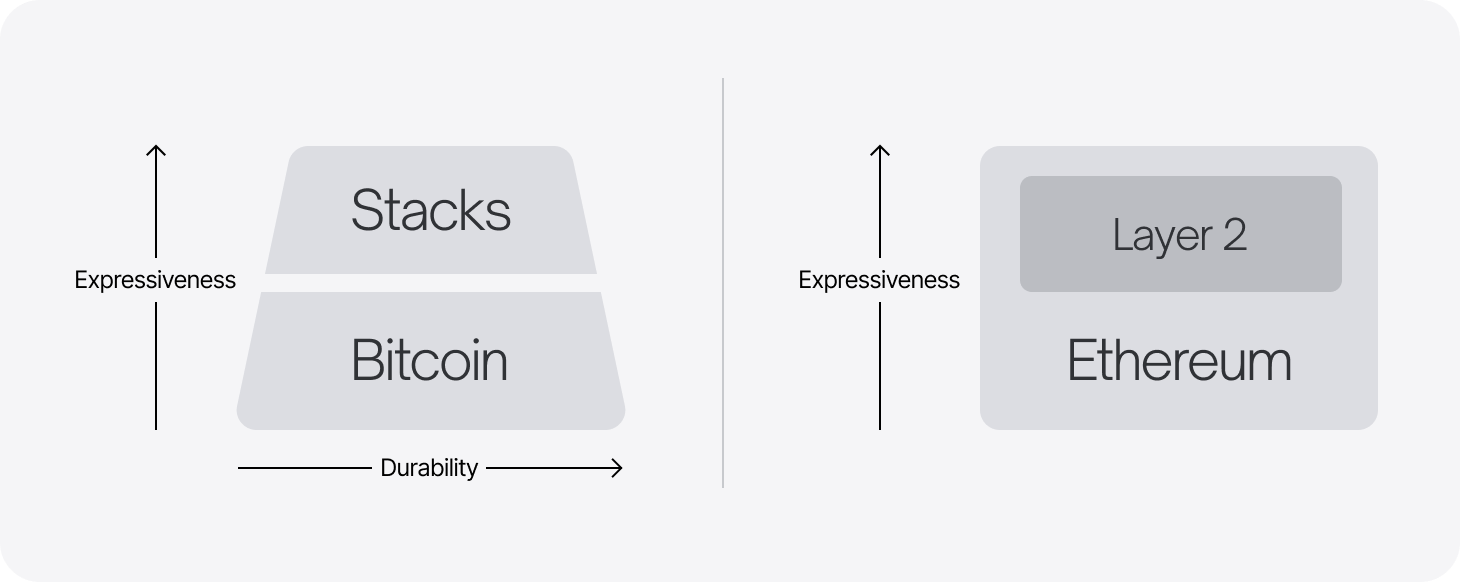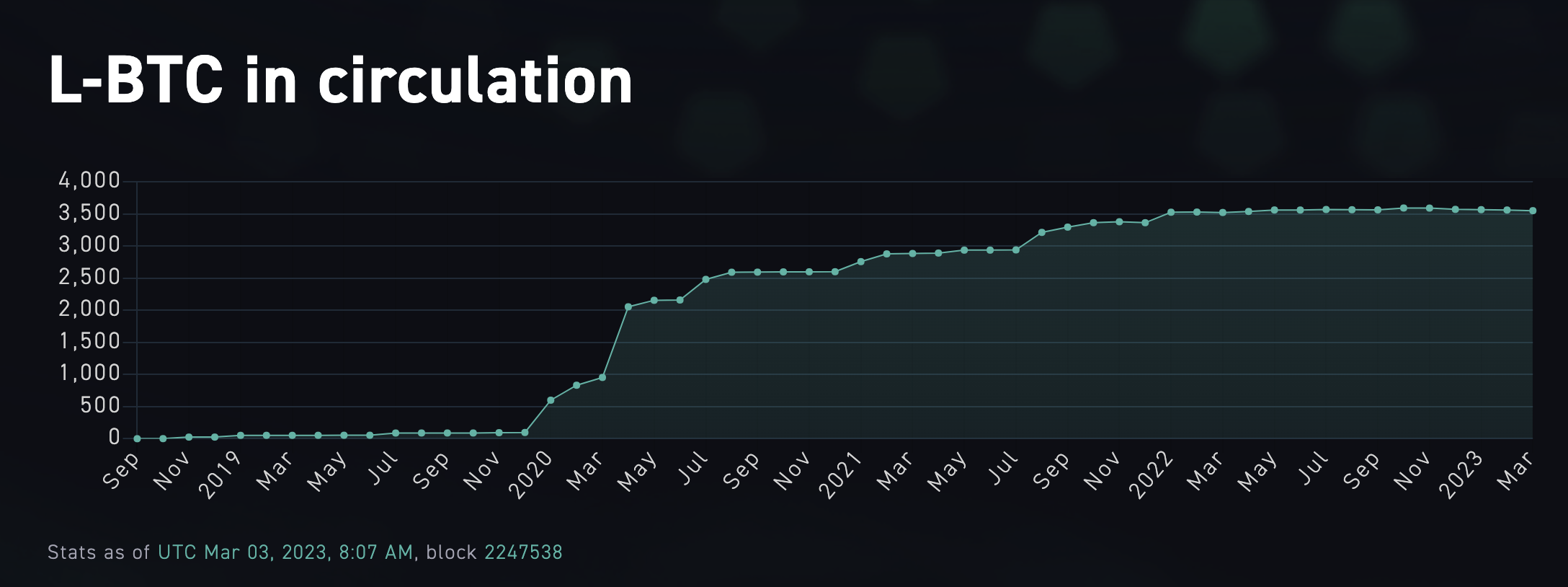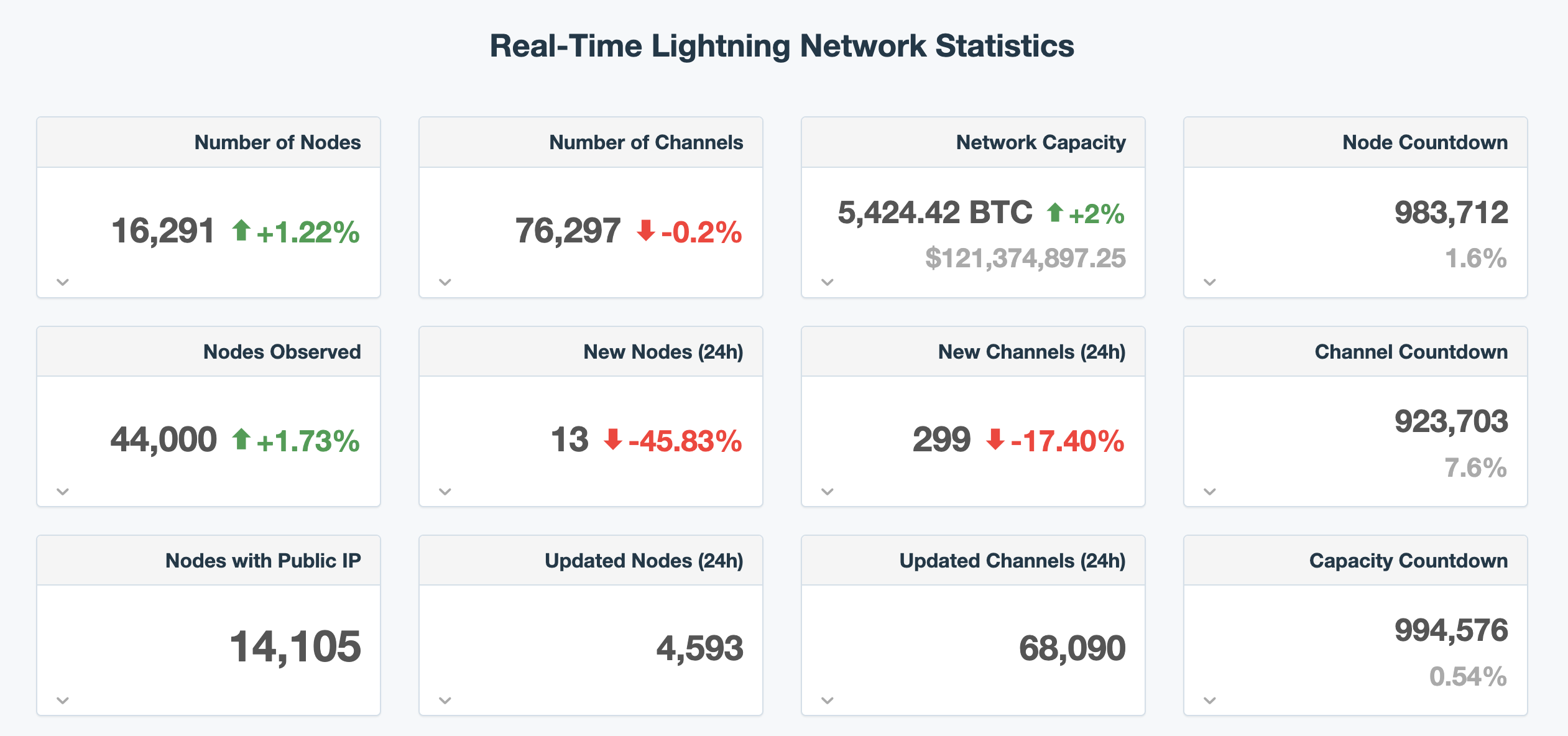Inventory of the current status of six major Bitcoin scaling solutions: Stacks data is growing rapidly, RSK supports EVM
Author: Jiang Haibo, PANews
Bitcoin is the most secure and decentralized blockchain network, but it has performance limitations such as not supporting smart contracts, being able to process only about 7 transactions per second, and transaction confirmations that can take up to several minutes. On January 30, the NFT protocol "Ordinals" launched on the Bitcoin mainnet, and as of March 2, the number of NFTs on Ordinals has exceeded 250,000.
Although this move has sparked considerable controversy, with "Bitcoin maximalists" arguing that the Bitcoin network should remain as simple and stable as possible, "Bitcoin expanders" hope to bring more financial use cases to Bitcoin. Regardless, the emergence of Ordinals has triggered another wave of application development on Bitcoin. In this article, PANews will review the recent developments of common Bitcoin scaling solutions.
Stacks
Stacks adopts a pyramid-shaped stack, with the bottom layer being the Bitcoin base settlement layer, followed by Stacks which adds smart contracts and programmability, and the top layer being Hiro which enhances scalability and speed. It uses its own smart contract language, Clarity, and writes historical transaction records into the Bitcoin network, making Stacks a Bitcoin Layer 2 (previously, Stacks also referred to itself as Layer 1). Stacks issues its own token $STX, which represents Bitcoin smart contracts and is also one of the best-performing assets recently.

Currently, the applications built on Stacks are still mainly Arkadiko Protocol, ALEX, Stackswap, CityCoins, and STX NFT, which have not changed much since PANews's statistics a year ago, so we will not elaborate further.
According to data from Defi Llama, the funds on Stacks have indeed seen a significant increase recently, with the TVL rising from $7.56 million to $26.8 million over the past 30 days (February 1 to March 2), a growth of 254%. The biggest growth was seen in the DEX ALEX, whose TVL increased by 316% in the past month, and the price of $ALEX rose from $0.015 on February 1 to $0.098 now.
Rootstock/RIF
Rootstock (RSK) is an EVM-compatible sidechain on Bitcoin that uses the same SHA-256 algorithm as Bitcoin. Bitcoin miners can perform "merged mining" while mining, without additional resource consumption, and can also earn transaction fee income from Rootstock. The native token on Rootstock is a Bitcoin-pegged coin called Smart BTC (RBTC), which is also used to pay transaction fees.
RIF (Rootstock Infrastructure, RIF) is a platform built on Rootstock, aimed at providing developers with blockchain infrastructure and services, including domain names, storage, authentication, etc., to support dApp development and deployment. Although Rootstock has not issued other tokens besides RBTC, both Rootstock and RIF are developed by the same company, IOV Labs, and RIF has its own token $RIF.
From Defi Llama, we can see that Rootstock's TVL is $56.51 million, but recent growth has not been significant, with a 3% increase over the past 30 days. The ecosystem includes projects such as DEX, lending protocols, and stablecoins, and cross-chain assets from other chains like Ethereum can also be used. However, even though Rootstock supports EVM, the funds in the ecosystem projects have not seen significant increases in the past 30 days, with the DEX Sovryn experiencing the most growth, currently having a TVL of $20.24 million, an increase of 18.31% in the past month.
Liquid Network
Liquid Network is a sidechain technology launched by Blockstream in September 2018 (also referred to as Layer 2), aimed at providing Bitcoin users with a faster and more convenient transaction experience while ensuring the security and privacy of transactions. It is maintained and governed by the Liquid Federation, which consists of exchanges, financial institutions, and other Bitcoin-focused companies.
In addition to fast, cheap, and private transfer functions, Liquid Network can also implement various types of smart contract functionalities, such as building DeFi applications (DEX Sideswap, lending platform Hodl Hodl, etc.), issuing stablecoins, issuing security tokens, minting NFTs, and conducting multi-signature transactions.
The main asset used on Liquid Network is L-BTC, which is issued at a 1:1 peg to Bitcoin. The Liquid website shows that the issuance of L-BTC on the network has remained stable recently, currently at 3,551 coins, with January and February figures being 3,567 and 3,562 coins, respectively.

Lightning Network
Bitcoin Lightning Network is a Layer 2 protocol for Bitcoin that improves the speed and privacy of Bitcoin transactions by establishing payment channels between parties.
Once a payment channel is established, both parties can send off-chain transactions, which are only recorded between the two parties in the channel and do not require confirmation on the Bitcoin network, resulting in fast transaction speeds and low fees. The parties can submit the transaction records to the Bitcoin network for settlement at any time, thus facilitating the transfer of Bitcoin.
According to data from 1 ML, the current funds in the Lightning Network amount to 5,424 BTC, an increase of 2.2% over the past 30 days, with the number of nodes at 16,291 and the number of channels at 76,297.

Statechains
Statechains is a scaling technology for off-chain transfers of BTC, which is similar to the Lightning Network but not entirely the same. In the Lightning Network, asset transfers occur through the transfer of channel ownership, while in Statechains, asset transfers occur through the transfer of ownership of the BTC deposit (UTXO) private keys (temporary keys).
Statechains first creates a multi-signature wallet with multiple private keys between the depositor and the state chain entity, with these private keys controlling the associated Bitcoin. The private key holders can create transaction records on the Statechain and transfer the private keys to others, thus facilitating the transfer of Bitcoin assets. Transactions in Statechains do not require confirmation for each transaction, thereby increasing transaction speed and reducing fees.
One solution for Statechains technology is implemented through the Mercury Wallet created by Commerceblock.
Currently, the total deposits in the Mercury wallet amount to 23 BTC, with total withdrawals at 19.8 BTC, and the application is still relatively limited. The liquidity of BTC must be in specific amounts, such as 0.001 BTC, 0.01 BTC, 0.1 BTC, etc., so only specific amounts can be used for deposits or transfers.

Drivechain
Drivechain is an open-sidechain protocol for Bitcoin that allows for the customization of different sidechains based on various needs. Its design comes from two Bitcoin Improvement Proposals, BIP 300 "Hashrate Escrows," which compresses 3-6 months of transaction data into 32 bytes through "Container UTXOs," and BIP 301 "Blind Merged Mining." Like RSK, the network's security is also maintained through merged mining by existing Bitcoin miners.
The emergence of Drivechain aims to introduce more functionalities to Bitcoin while maintaining its security and decentralization, competing with Ethereum, Zcash, and Bitcoin fork chains. These sidechains also use Bitcoin-pegged coins for transfers and other functions.
In December 2022, the development company of Drivechain, Layer 2 Labs, announced the completion of a $3 million seed round financing, but the project has not yet seen large-scale applications.
Summary
Among the above Bitcoin scaling solutions, Stacks and RSK are more versatile, with RSK supporting EVM and having more funds in on-chain applications, but recently only Stacks has shown rapid data growth.
Among the major solutions used for BTC payments, the Lightning Network holds the most BTC, while Liquid Network is actively preparing for DeFi, NFT, and other use cases. Statechains has limited applications, and although Drivechain can customize various sidechains, large-scale applications have yet to be seen.










